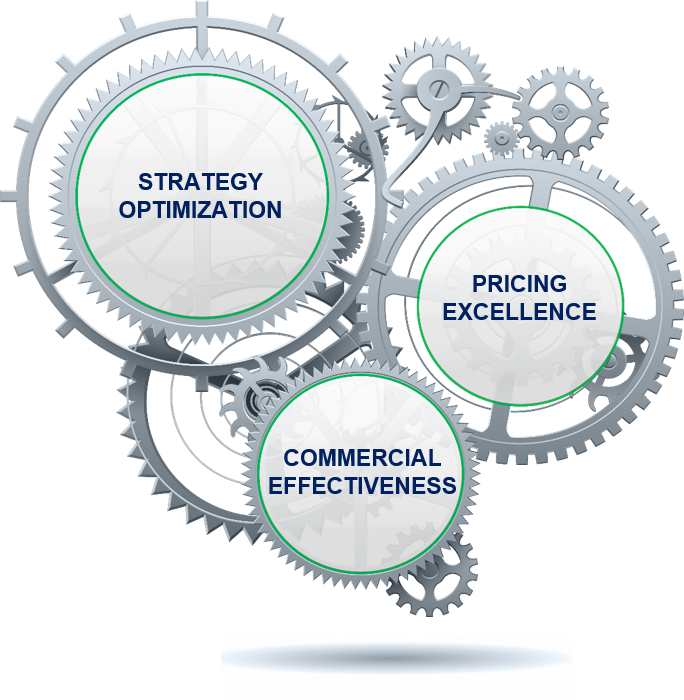Scenarios on Where to Win and How to Maximize Win-Rate
- Stratence Partners

- Oct 20
- 3 min read

1. The Challenge: From Static Plans to Living Strategy
Most companies believe they have a strategy.But in reality, what they have is a plan — a set of decisions made once a year, stored in a presentation file, and rarely revisited until the next planning cycle.
Markets move faster than PowerPoint.Competitors adapt overnight.Customers change expectations without warning.
In this environment, static strategies quickly become obsolete.The real challenge today is not just having a strategy, but keeping it alive — ensuring it learns, adjusts, and evolves faster than the market itself.
That’s where Strategy Optimization begins.
2. What Strategy Optimization Really Means
At Stratence Partners, global experts in Strategy Optimization, Commercial Effectiveness and Pricing Excellence, we see strategy not as a document — but as a living system.
Our GenAI-powered SPIE (Stratence Partners Integrated Ecosystem) transforms strategic planning into an intelligent, interconnected framework that continuously identifies where to win and how to maximize win-rate.
Within SPIE, Strategy Optimization acts as the central engine:
It integrates data, systems, and processes across the organization.
It aligns people and decision-making with business priorities.
And it continuously recalibrates the strategy to maximize measurable outcomes.
In simple terms: Strategy Optimization is where vision meets adaptability.
3. How SPIE Makes It Work
SPIE brings together multiple layers of intelligence under one ecosystem.It doesn’t replace strategy — it operationalizes it.
Through GenAI models, analytics, and market feedback loops, SPIE dynamically connects the strategic intent with tactical and operational execution.
This process allows companies to:
Simulate business scenarios using real market data.
Quantify trade-offs and risks before making decisions.
Reallocate resources to the highest-potential opportunities.
Monitor outcomes in real time and trigger corrective actions.
In essence, Strategy Optimization within SPIE is the bridge between ambition and achievement.
4. Case Example: From Vision to Precision
A global manufacturing company approached Stratence Partners struggling with inconsistency between strategic goals and commercial performance.They had a clear ambition — expand share in high-growth segments — but lacked the mechanisms to adapt quickly to changing demand and pricing pressures.
With SPIE, we connected their strategic modeling to real-time sales, market, and margin data.GenAI-driven simulations revealed that 40% of their growth targets were being pursued in low-margin segments.By reallocating focus toward fewer, more profitable markets, and continuously adjusting based on updated insights, they achieved:
+18% improvement in strategic win-rate
+12% growth in operational margin
3x faster decision cycle
The strategy didn’t just improve — it started to think.
5. Key Benefits
Implementing Strategy Optimization through SPIE delivers measurable impact across all business dimensions:
Agility: Strategy adapts dynamically to market change.
Focus: Teams act on the most profitable opportunities.
Alignment: People, data, and systems work as one.
Clarity: Leaders see what drives performance in real time.
Sustainability: Strategy becomes a continuous improvement engine.
6. Final Insight
Strategy Optimization is no longer about writing plans — it’s about creating ecosystems that learn faster than markets evolve.
At Stratence Partners, we help global organizations move from strategy definition to strategy acceleration, powered by GenAI and guided by our SPIE framework.
Join the conversation on LinkedIn:




Comments